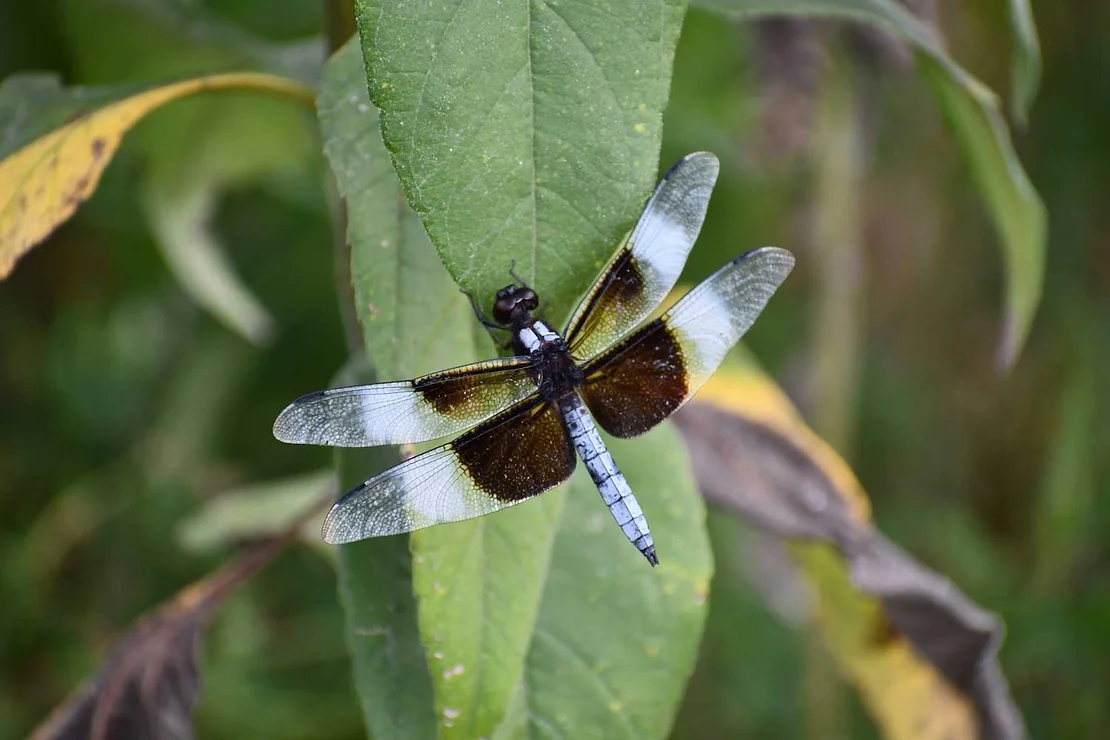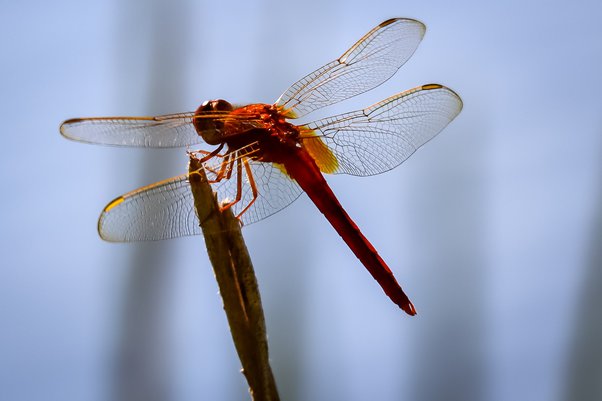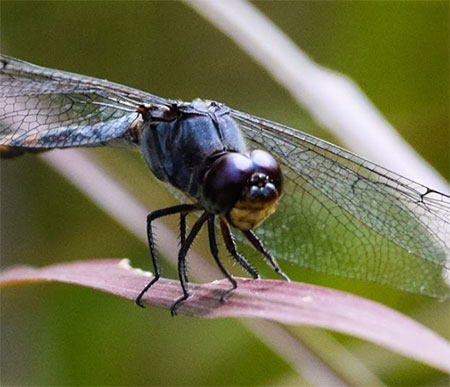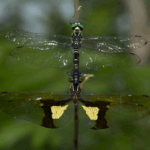
How fast do they fly?
The maximum speed of large species like the hawkers is around 10-15 metres/sec, or roughly 25-30 mph. Average cruising speed is probably about 10 mph. Small species, and especially damselflies, are generally slower, although many medium-sized species can probably keep up with the largest ones.
They are the strongest flyers in the insect world. Compared to most other insects, dragonflies can fly further and higher than other insects.
Dragonfly Velocity: Unraveling the Mysteries of the Swiftest Insect
Dragonflies, those iridescent, agile creatures that grace our summer days, are a marvel of the natural world. Their ability to dart and hover with unparalleled precision has fascinated scientists and nature enthusiasts alike. But, it’s their impressive speed that truly sets them apart. The Speed of a Dragonfly is a testament to the wonders of evolution and adaptation, a fascinating topic we’ll delve into today.
The Fastest Flying Insect: Dragonflies are known to travel at the speed of 35 miles an hour. Hawk Moths, which have been clocked at a speed of 33.7 miles an hour, come in second.
The Dragonfly: An Overview
Dragonflies are found globally, with the exception of Antarctica. They are most commonly seen near bodies of water like ponds and lakes, but can also be found around reflective surfaces like blacktop parking lots, which they often mistake for water.
Dragonflies are believed to have existed for over 300 million years, making them one of the first winged creatures to evolve. In North America, species such as the blue-eyed darner are active from coast to coast.

The Secret Behind the Dragonfly’s Speed
The dragonfly’s extraordinary speed is a result of its unique body and wing structure. Here are some facts about the world’s fastest flying insect:
- Dragonflies, like airplanes, are designed for smooth flight. Their long, tapered bodies channel air over and under the wings and abdomen, minimizing drag.
- Unlike most insects, which have fixed wings that move in unison, dragonflies have wings that they can manipulate independently, allowing for greater maneuverability.
- Dragonflies can fly in any direction they choose—forward, backward, or even upside down. They can execute tight turns at full speed or hover in place like a helicopter.
The Role of Speed in the Dragonfly’s Life
Dragonflies are predators, and their speed plays a crucial role in their hunting strategy. They prey on other flying insects, using their incredible velocity and agility to catch their dinner midair.
A study conducted by Harvard University and the National Science Foundation revealed that dragonflies have a 90% success rate when hunting. They use their feet to trap their prey, flipping their bodies upside down to consume their meal while still in flight.
The Dragonfly: Friend or Foe?
In terms of their interaction with humans, dragonflies are far from harmful. In fact, they are beneficial, especially during the mosquito-heavy months of spring and summer. A single dragonfly can consume hundreds of mosquitoes in a day, making them a welcome guest at any outdoor event.
Unconventional Flight Patterns
One of the reasons dragonflies are such successful hunters is their ability to fly in unconventional ways. They can fly forward, backward, straight up, or in a zigzag pattern, throwing off both prey and predators with their unpredictable movements.
Speed Breakdown: Forward and Backward
When moving forward, dragonflies can cover about 100 body lengths per second, equivalent to about 30 to 35 mph. This speed is facilitated by their four wings, which they twist slightly as they push down, creating miniature whirlwinds that provide additional lift.
In contrast, their backward flying speed is significantly slower, covering only about three body lengths per second. This is because the rear set of wings is typically larger than the front, propelling them forward more efficiently but hindering their backward speed.
Wing Speed: A Blur of Motion
Dragonflies can flap their wings up to 30 times per second, creating a blur of motion that’s barely visible to the human eye. At these rates, a dragonfly can beat her wings up to 1,800 times per minute.
The Dragonfly’s Life Cycle
Dragonflies undergo a fascinating metamorphosis during their life cycle. Females lay eggs in bodies of fresh water, which hatch into larvae in about a week. These larvae, known as naiads or nymphs, live in water for up to three years before emerging as adults.
Dragonfly larvae are important indicators of water quality. Their presence signifies a healthy aquatic ecosystem, making them valuable to scientists studying environmental health.

Speed of a Dragonfly:They move about 100 body lengths per second, which is equivalent to about 30 to 35 mph. These large insects have four wings and wingspans up to 5 inches.
Threats to the Dragonfly Population
Despite their global presence and adaptability, dragonflies are facing significant threats. The destruction of freshwater habitats, pollution, and invasive non-native vegetation are all contributing to a decline in dragonfly populations.
In a world that’s increasingly impacted by human activity, the dragonfly’s survival is more than just an ecological concern. It’s a reminder of the delicate balance of nature and the responsibility we all share in preserving it.
So, the next time you see a dragonfly zipping through the air, take a moment to appreciate its grace, its speed, and its vital role in our environment. The Speed of a Dragonfly is more than just a fascinating fact—it’s a testament to the wonder of the natural world.







